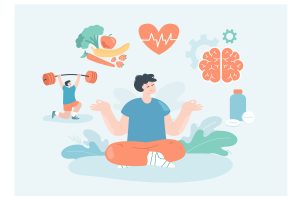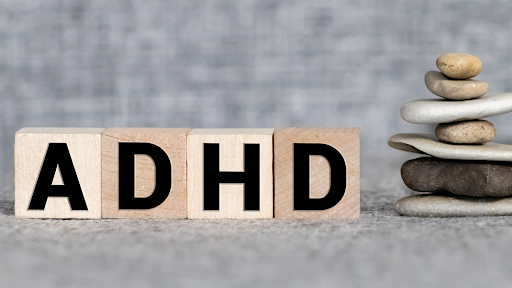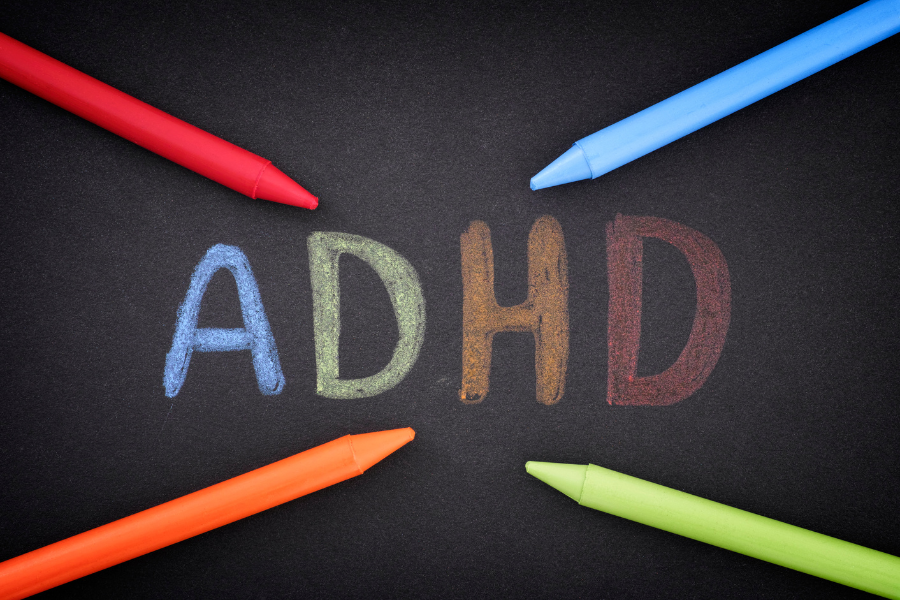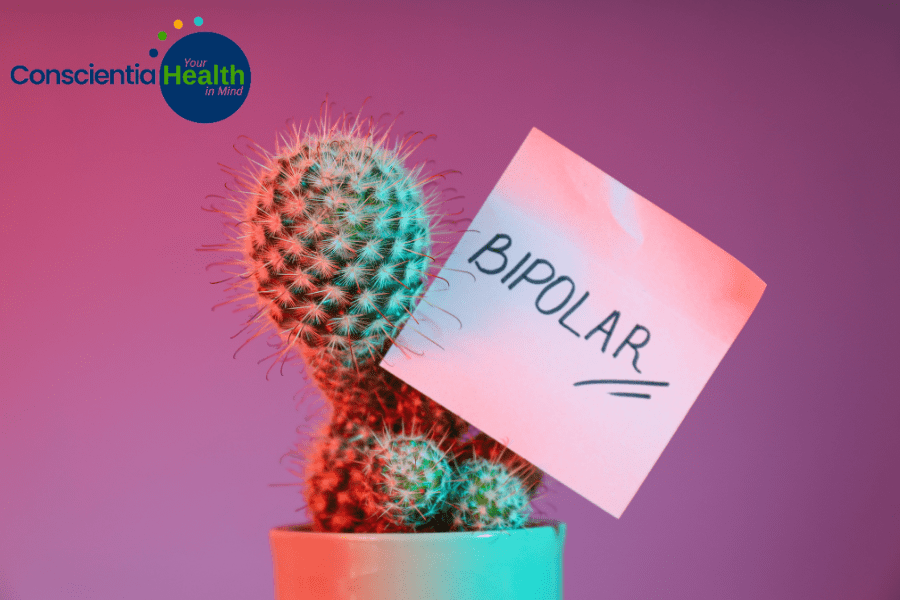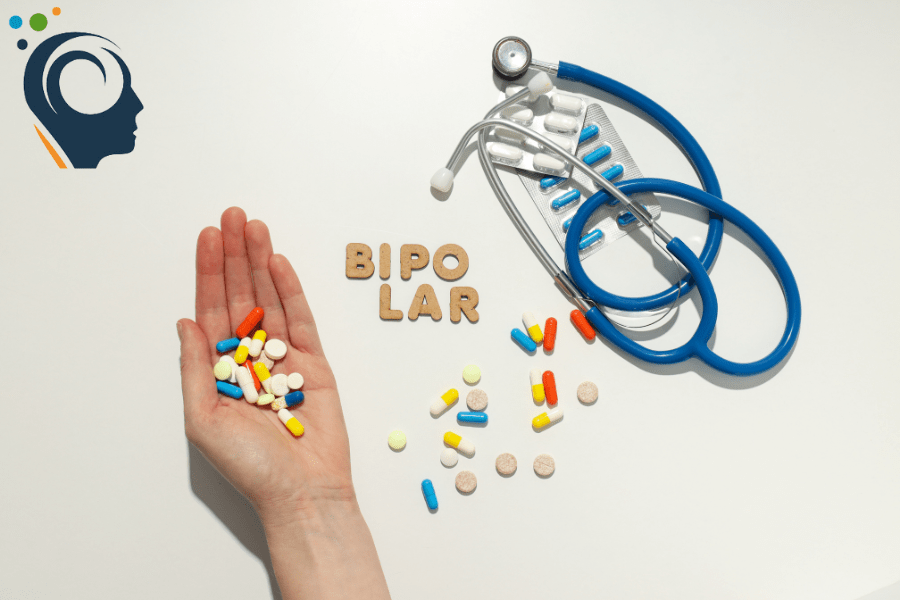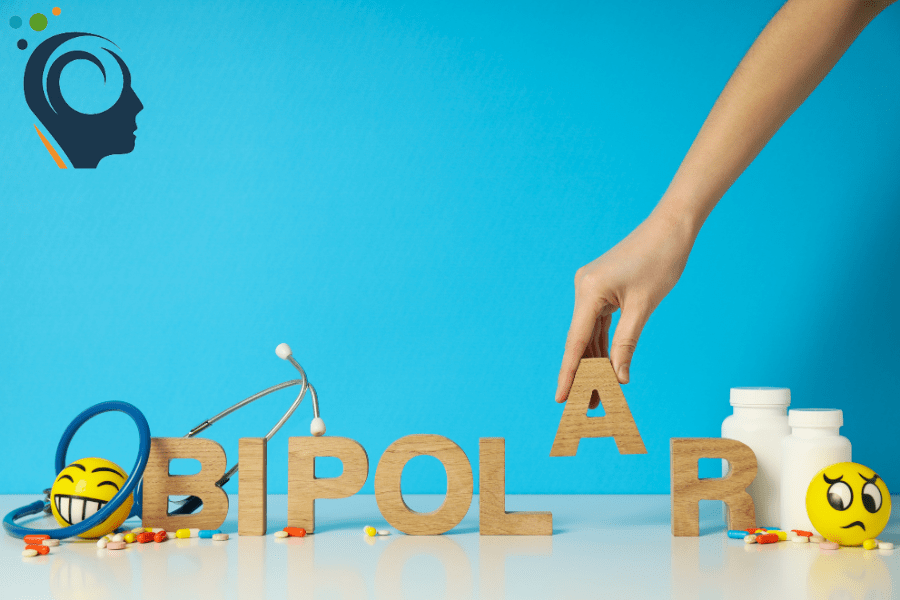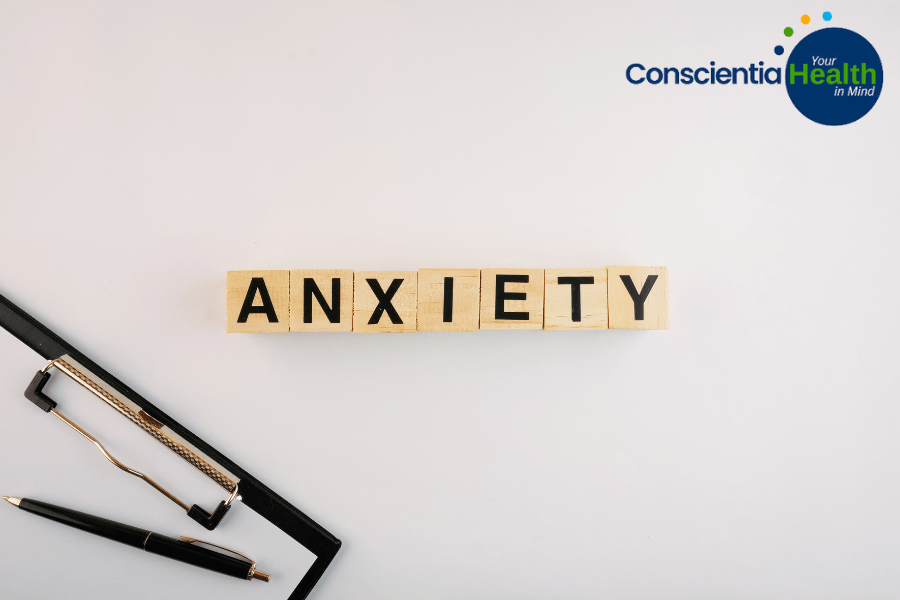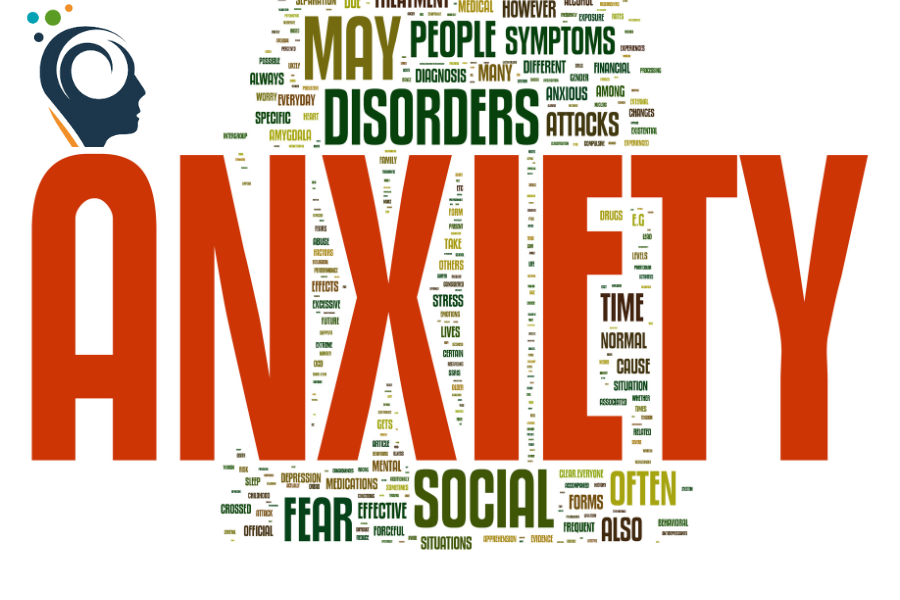Deciding to seek mental health support is a brave step, but finding the right professional can feel like a daunting task. The provider you choose will shape your treatment experience and influence your path to well-being. This detailed guide breaks down everything you need to know to make an informed decision, from understanding your options to spotting the perfect fit. For expert mental health resources, start your journey at Conscientia Health.
Why does this matter? The right mental health professional can empower you to thrive, not just cope. This topic resonates with common searches like “psychiatrist vs psychologist” or “how to choose a therapist,” making it a valuable tool for patient decision-making while building trust. Let’s dive into a step-by-step process to find the best provider for your needs.
Why Choosing the Right Provider Matters for Effective Treatment
Your mental health professional is more than just a service provider—they’re a partner in your healing journey. A good match ensures your concerns are heard, your treatment aligns with your goals, and you feel supported every step of the way.
On the flip side, choosing the wrong provider can lead to frustration, stalled progress, or even worsening symptoms. For example, someone with severe depression might need a psychiatrist for medication, while a person navigating grief could benefit more from a counselor’s talk therapy. The stakes are high—effective treatment can improve your quality of life, relationships, and overall happiness.
This guide offers clarity, so you can confidently select a professional tailored to your unique situation. Ready to explore your options? Let’s start with the types of providers available.
Types of Mental Health Professionals
Mental health care includes a variety of specialists, each with unique skills and roles. Understanding these differences is the first step to finding the right fit. Below, we’ll break down the main types with detailed explanations.
Psychiatrist
A psychiatrist is a medical doctor specializing in mental health, with the ability to prescribe medication.
- Training: Completes medical school and a psychiatry residency (about 12 years total).
- Role: Diagnoses mental disorders, prescribes medication, and may offer therapy (though many focus on medication management).
- Best For: Severe conditions like bipolar disorder, schizophrenia, or major depression requiring medication.
- Visual Tip: Picture a doctor in a white coat reviewing a prescription chart—psychiatrists blend medical expertise with mental health care.
- Example: If you’re facing intense mood swings, a psychiatrist could prescribe mood stabilizers while monitoring side effects.
Psychologist
A psychologist holds a doctoral degree and focuses on therapy and psychological assessments.
- Training: Earns a PhD or PsyD, including years of supervised clinical practice.
- Role: Provides talk therapy (e.g., CBT), conducts testing (e.g., for ADHD), and develops treatment plans.
- Best For: Anxiety, depression, trauma, or behavioral challenges where therapy is the focus.
- Visual Tip: Imagine a cozy office with a notepad—psychologists excel in deep conversations and skill-building.
- Example: Struggling with anxiety? A psychologist might teach you breathing techniques and thought reframing.
Therapist or Counselor
Therapists and counselors typically have a master’s degree and specialize in talk therapy.
- Training: Master’s in counseling, social work, or psychology, plus clinical hours.
- Role: Offers support for emotional and relational issues through therapy.
- Best For: Mild to moderate issues like stress, grief, or relationship conflicts.
- Visual Tip: Think of a warm, inviting space with two chairs—perfect for processing emotions.
- Example: After losing a loved one, a counselor can provide grief counseling to help you cope.
Psychiatric Nurse Practitioner (PMHNP)
A PMHNP is an advanced nurse trained in mental health, often with prescribing privileges.
- Training: Master’s or doctoral degree in nursing with a psychiatric focus.
- Role: Diagnoses, prescribes medication, and may offer therapy (varies by state).
- Best For: Medication management and therapy, especially in underserved areas.
- Visual Tip: Picture a nurse with a stethoscope and a prescription pad—bridging care and convenience.
- Example: A PMHNP could manage your ADHD meds while offering brief counseling sessions.
Key Takeaway
Each professional brings something unique to the table. Your choice depends on whether you need medication, therapy, or both. Next, let’s explore the factors that will refine your decision.
Factors to Consider
Choosing a provider isn’t one-size-fits-all. Here are the key elements to weigh, with expert tips to guide you.
Symptoms & Conditions
Your mental health needs dictate the type of professional you should seek.
- Severe Symptoms: Suicidal thoughts or hallucinations may require a psychiatrist or PMHNP for immediate medication.
- Mild to Moderate: Anxiety or stress might be best addressed by a therapist or psychologist.
- Specialized Needs: Conditions like PTSD or ADHD benefit from providers with niche expertise (e.g., ADHD testing in Orlando).
- Tip: Jot down your top three symptoms or goals (e.g., “reduce panic attacks”) to share with potential providers.
- Visual Tip: Imagine a checklist—matching your symptoms to a provider’s strengths ensures targeted care.
Insurance & Location
Practical considerations can’t be overlooked.
- Insurance: In-network providers lower costs—call your insurer to confirm coverage.
- Location: Choose someone nearby or opt for telehealth if travel is a barrier.
- Telepsychiatry: Virtual care opens doors to specialists in places like New York City.
- Tip: Ask about session fees upfront and explore sliding scale options if uninsured.
- Visual Tip: Picture a map with pins—location and cost narrow your options effectively.
Therapy Styles
Therapists use different approaches, and the right one depends on your preferences.
- Cognitive Behavioral Therapy (CBT): Targets negative thoughts—great for anxiety or depression.
- Dialectical Behavior Therapy (DBT): Builds emotional regulation—ideal for borderline personality disorder.
- Psychodynamic Therapy: Digs into past experiences—helpful for deep-rooted issues.
- Tip: Research these styles briefly and ask providers which they use most.
- Visual Tip: Envision a toolbox—each style is a tool tailored to specific challenges.
Medication Management Needs
If medication might be part of your plan, ensure your provider can handle it.
- Prescribers: Psychiatrists and PMHNPs can write scripts directly.
- Non-Prescribers: Psychologists and therapists often team up with prescribers.
- Example: For bipolar disorder treatment, a psychiatrist might prescribe lithium while a therapist supports mood tracking.
- Tip: Ask about their process for coordinating care if medication is involved.
- Visual Tip: Think of a relay race—smooth handoffs between providers keep treatment on track.
By balancing these factors, you’ll zero in on a professional who meets both your clinical and practical needs.
How to Begin Your Search
Ready to find your provider? Follow these actionable steps to kickstart the process.
Step 1: Identify Your Needs
Start by clarifying what you’re looking for.
- Action: Write down your symptoms (e.g., “insomnia”), goals (e.g., “sleep better”), and preferences (e.g., “female provider”).
- Example: “I need help with PTSD and prefer someone experienced in trauma.”
- Tip: Be specific—this list will guide your conversations.
- Visual Tip: Picture a journal page—writing it out makes your needs crystal clear.
Step 2: Use Directories and Resources
Tap into tools to find qualified professionals.
- Directories: Websites like Psychology Today or your insurance portal list providers by specialty.
- Telepsychiatry: Platforms offer virtual options—great for accessing care anywhere.
- Local Resources: Check clinics, hospitals, or community centers near you.
- Tip: Filter by location, insurance, and expertise (e.g., PTSD treatment in Houston).
- Visual Tip: Imagine a search bar—filters streamline your hunt.
Step 3: Check Credentials and Reviews
Vet your options for credibility.
- Licensure: Confirm through state licensing boards or professional sites.
- Reviews: Browse patient feedback on Google or Healthgrades, but weigh it lightly—fit is personal.
- Example: A provider with rave reviews for anxiety might be worth a call.
- Tip: Look for patterns in feedback (e.g., “great listener” vs. “always late”).
- Visual Tip: Picture a badge—credentials signal trustworthiness.
Step 4: Consider In-Network Options
Maximize your insurance benefits.
- Action: Call your insurer for a list of covered providers or check their online portal.
- Details: Ask about copays, deductibles, and session limits.
- Tip: If out-of-network, inquire about reimbursement or sliding scale fees.
- Visual Tip: Envision a wallet—staying in-network keeps costs down.
Step 5: Schedule Consultations
Test the waters with initial meetings.
- Action: Book a short consultation (often free or low-cost) with 2-3 providers.
- Questions: Ask about their experience, approach, and availability.
- Example: “How do you typically treat depression?”
- Tip: Pay attention to how comfortable you feel—rapport matters.
- Visual Tip: Think of a handshake—first impressions set the tone.
These steps transform a vague search into a focused mission. Now, let’s talk about evaluating your first session.
Red Flags and Green Flags
Your first session is a litmus test for fit. Here’s what to watch for, with clear examples.

Green Flags
Signs of a great provider:
- Active Listening: They nod, ask follow-ups, and reflect your words.
- Clarity: They outline their approach (e.g., “We’ll use CBT for your anxiety”).
- Empathy: They validate your feelings without judgment.
- Collaboration: They ask for your input on goals.
- Example: “I feel heard when they repeat back my concerns.”
- Visual Tip: Picture a warm smile—empathy shines through.
Red Flags
Warning signs to reconsider:
- Dismissiveness: They brush off your symptoms (e.g., “It’s not a big deal”).
- Rigidity: They insist on one method without flexibility.
- Unprofessionalism: They overshare or seem distracted.
- Pressure: They push for long-term commitment right away.
- Example: “They cut me off mid-sentence—huge red flag.”
- Visual Tip: Imagine a stop sign—pause and reassess if these pop up.
Trust your instincts. A good fit feels right, while red flags signal it’s time to move on. For more insights, check our blog.
FAQs About Choosing a Mental Health Professional
1. Can I switch providers if it’s not a good fit?
Yes! It’s your care, and switching is common. If you feel unheard or mismatched, try someone new—no guilt required.
2. How many sessions until I see results?
It depends. Mild issues might improve in 4-6 sessions, while complex conditions could take months. Ask your provider for a rough timeline.
3. What’s the difference between a psychiatrist and a psychologist?
Psychiatrists are doctors who prescribe medication; psychologists focus on therapy and testing. Both diagnose, but their tools differ.
4. How do I know if I need medication or therapy?
Therapy suits milder issues or skill-building, while medication helps severe symptoms. A professional can assess and recommend.
5. What if I can’t afford treatment?
Explore sliding scale fees, community clinics, or telehealth. Some providers offer payment plans or pro bono work.
6. How do I find a specialist for my condition?
Use directories with specialty filters or ask your doctor for referrals. Look for experience with your issue, like ADHD testing.
7. What should I ask in the first session?
Try: “What’s your experience with my condition?” “What’s your treatment style?” “How will we measure progress?”
8. Is telepsychiatry as effective as in-person?
Yes, studies show it’s comparable for many conditions, especially with good communication. It’s a game-changer for accessibility.




